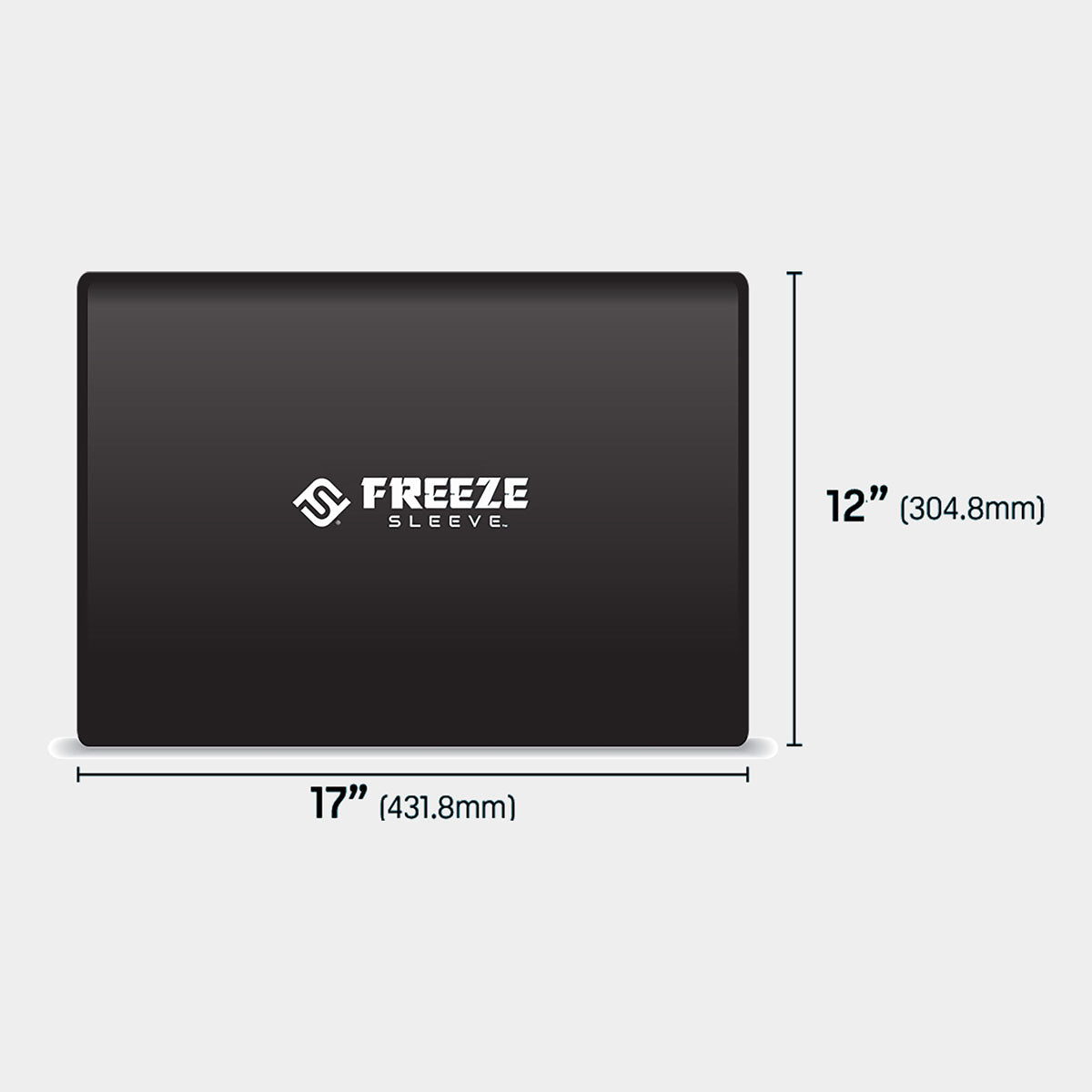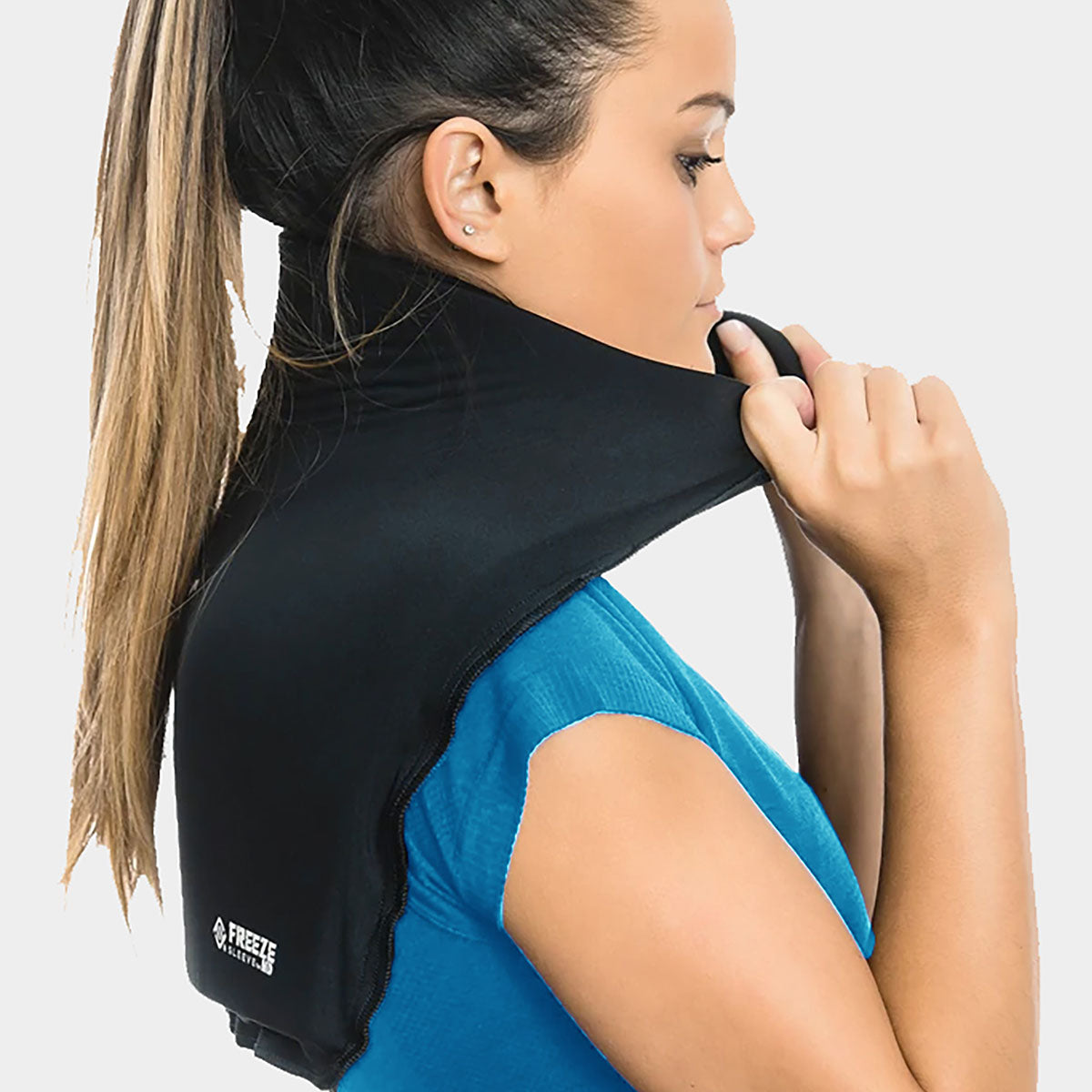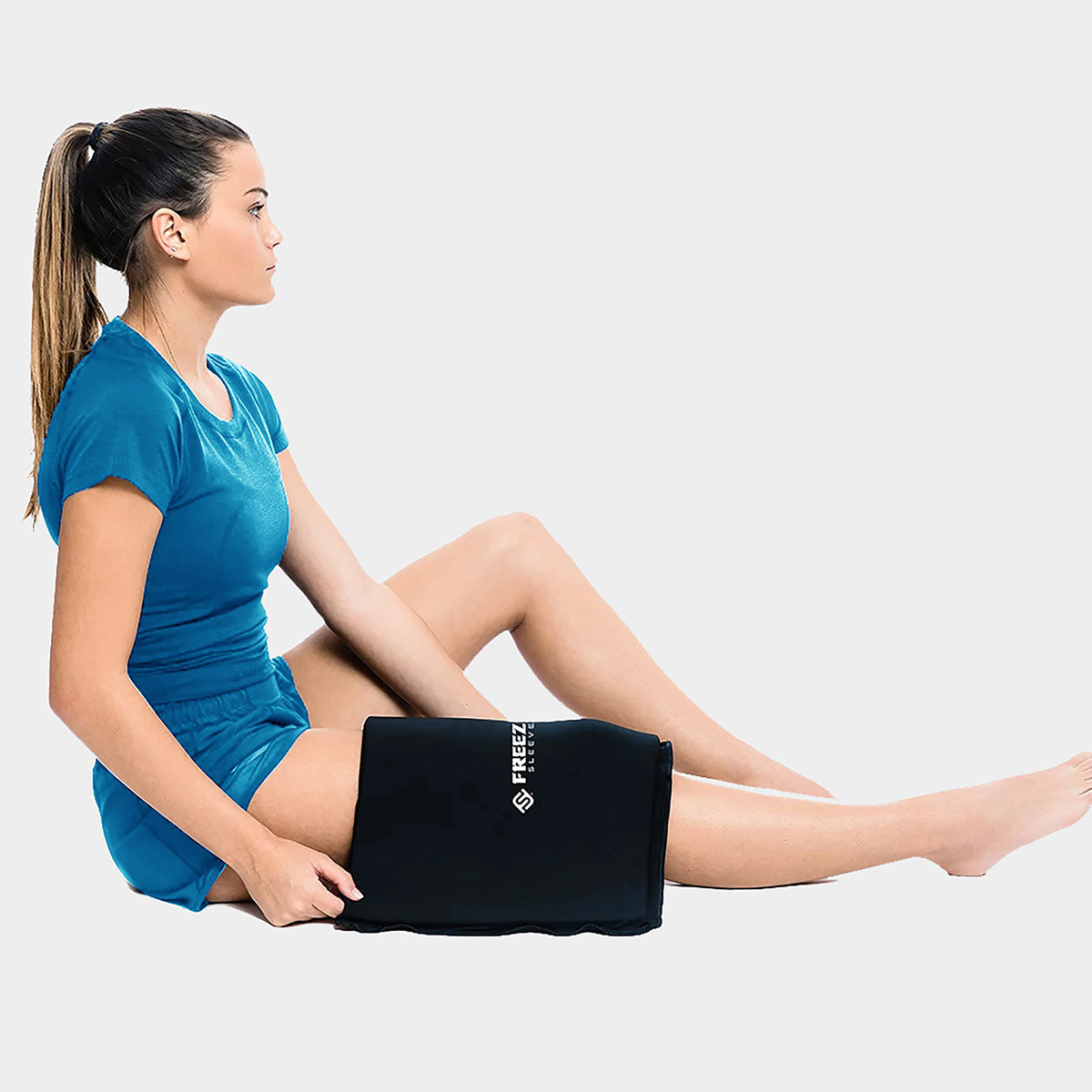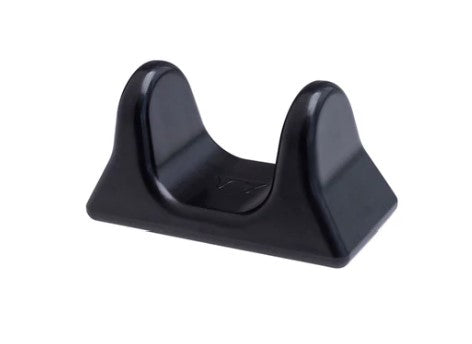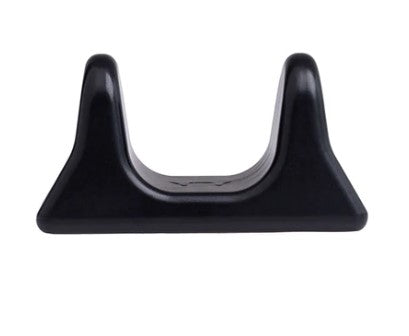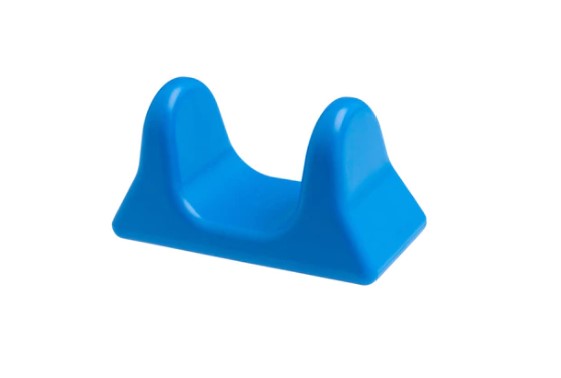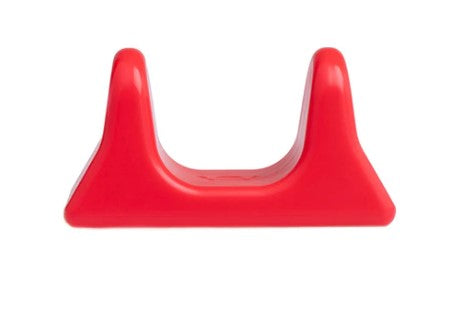To all my fellow lower back pain sufferers who have subjected themselves to needless surgeries, cortisone shots, and therapies that flat out don’t work, here is my story.
On January 12, 2004, I was warming up to squat in the weight room of my physical therapy clinic in Boston. My lower back was sore from my squat workout six days before. As I lifted the 135 pound bar, a severe pain shot down my lower back and legs. I was barely able to rack the bar before falling to the floor. My colleagues heard my scream from the next room and thought I was joking around. They quickly realized that my situation was no laughing matter and helped me to a treatment table.
Having already had eleven surgeries (six of them botched) on my ankles and left knee, I was no stranger to pain. Little did I know that this injury would serve as a great teacher. I would soon discover that the Frequency Specific Microcurrent (FSM) unit I had been trained on in the previous year by Dr. McMakin and her staff would help me avoid any type of surgery.
While lying on the table, I immediately took action. I ingested proteolytic enzymes and had my assistant set me up on the microcurrent’s protocol for a new back injury. I scheduled an appointment for the next day with Ernie Hackett, DC, PT, a well-respected practitioner. I had an evaluation from a neurologist who wrote out a script for an MRI two days later. When I saw Dr. Hackett, he told me that most of my symptoms were sacroiliac (SI) joint-related. The neurologist said that it was a lumbar spine disc injury. It turned out that both doctors were correct, and the MRI came back to me on January 15th with some startling news.
T11-12: Tiny left paracentral disc protrusion
T12-L1: Annular tear with mild left paracentral disc protrusion
L1-2: Tiny left-sided disc protrusion and spur
L2-3: Moderately prominent posterior disc protrusion/herniation with moderately severe central spinal stenosis and minimal neural foraminal stenosis (5)
L3-4: Mild disc bulge and mild left neural foraminal stenosis
L4-5: Moderately large, predominately left L5 neural impingement and mild bilateral neural foraminal stenosis
L5-S1: Mild disc protrusion in the central and left paracentral region
When Dr. Hackett interpreted my MRI results, he said it looked like my back was “blasted by a shotgun.” He was still optimistic though. He reassured me that with proper therapeutic exercises and a reduction in weightlifting and basketball activities, I could manage it.
The neurologist was not as optimistic and recommended that I see a neurosurgeon immediately. He also prescribed painkillers, non-steroidal, anti-inflammatory drugs (NSAIDS), and COX-2 inhibitors. However, I felt that the medications would ultimately impede the healing process and cause cartilage and joint destruction (1, 2). I was also aware that approximately 107,000 patients are hospitalized annually for NSAID-related gastrointestinal (GI) complications and at least 16,500 arthritis patients alone die each year from their use (3).
I decided to forego the medication and relied on “my new little best friend”––the FSM unit. I used the microcurrent every day for four days, utilizing the protocols for the “first 48 hours—injury to back, neck, spine” as well as the full concussion protocol.
Two days after the injury, I started weight training my upper body, utilizing the short rest intervals to help increase growth hormone (GH) release, which promotes the healing of soft tissue. I did another upper body workout two days later, utilizing different exercises but the same work/rest intervals for GH release. Later that day (four days after the injury), I flew to Colorado for a wedding. I dreaded flying on an airplane for five hours, as prolonged sitting was the most painful position for me.
To my surprise, I had minimal discomfort from the flight and continued to perform my remedial myofacial stretches, ELDOA exercises, and other therapeutic exercises. These exercises were taught to me by noted osteopath, Dr. Guy Voyer. They are extremely beneficial during the rehab process of any spinal condition. I also took a couple of long walks in the mountains as well. I was without the microcurrent and my progress stalled. However, I did not regress. My nutritional supplementation was an integral part of the rehabilitation process.
I flew home Sunday night (one week after my injury) and performed another upper body workout followed by the same microcurrent protocols the following day. On Tuesday, I felt good enough to try my first lower body workout, which consisted of single leg exercises, leg curls,
45-degree back raises, and
sled dragging. On Thursday, I continued the microcurrent and then did an individual basketball workout consisting of shooting and lay up drills. I had signed up my clinic to sponsor a basketball team before my back injury, and I was determined to play the first game the next week.
I accomplished this goal the following week, exactly 16 days after my lower back injury. Yes, I played full contact, full court basketball with minimal discomfort. I played the entire season, and by the end of it, I was close to pain-free with only morning stiffness as my major complaint. Dr. Hackett was surprised at how well I progressed, and the neurologist said it was a “miracle.”
I don’t think it was a miracle. It was the combination of treatments and therapies that allowed me to play basketball and weight train again. The microcurrent had decreased the inflammation from day one, and it helped me recover faster than anything I have ever experienced as a therapist and patient. Every time I stood up after applying the FSM protocol, I had improved range of motion, increased strength, and decreased pain. I wish I owned a FSM unit ten years ago!
Dr. Hackett adjusted my SI joint twice a week for two weeks then dropped down to once a week for two weeks, eventually going down to once a month for six months. I received ART from a separate practitioner once a week for six weeks and then once every two weeks.
It has been over two years since the initial injury, and my only setback was in May 2004. I was undercut by an opposing player while playing basketball and fell to the floor directly on my abdominal wall. I bruised my kidney and had severe tenderness over my right kidney, which affected my lumbosacral mechanics. Thankfully, I used the microcurrent for this injury as well, and nine days later, I was playing competitive basketball again. I refused painkillers and NSAIDS again, knowing the harmful effects that these drugs can have on the kidneys (4). I had a compromised injured kidney. Therefore, the effects could have been magnified. No thanks!
I am writing this story not to impress anyone but to highlight the fact that the body has an amazing capacity to heal itself. I was fortunate to own a FSM unit and have the necessary training in integrative methods that facilitate the recovery of spinal conditions. I hope this testimonial can increase awareness so that people can become their own health care advocates and explore the potential benefits of FSM, proper therapeutic exercise, manual therapy techniques, and nutritional support to improve their outcome. The synergy of all four types of treatments can address the various pathways in overcoming injury and insult. In my opinion, surgery and cortisone injections should be used as a last resort after patients have exhausted all of their options.
After treating countless patients with some of the most difficult injuries to rehabilitate (severe lateral epicondylitis “tennis elbow” and non-healing stress fractures), the FSM unit has proved its effectiveness consistently. The beauty of FSM is that it actually supports healing by ramping up ATP production, the body’s own chemical energy, by up to 500 percent. It also increases protein synthesis and waste product removal, which further aids the healing process (5). Most modalities treat the symptom rather than the actual cause of the problem.
FSM appears to work on the cellular level, where the inflammation begins. Thus, we are altering the initial metabolic process of the entire inflammatory cascade (6). I believe that when you combine FSM with manual therapy techniques, therapeutic exercise, and nutritional support, the results can be quite spectacular.
References
1. Articular cartilage pharmacology: In vitro studies on glucosamine and non steroidal anti- inflammatory drugs (1978) Pharmacol Res Commun 10(6): 557-69.
2. Lancet 2(8445):11-4.
3. American Journal of Medicine. 105(1B):31S-38S.
4. Qutab A (2005) Mastering the Art and Science of Inflammation and Pain, Seminar Series, Biomedical Institute of Complimentary Healthcare.
5. Cheng N (1982) The effect of electrical currents on ATP generation: Protein synthesis and membrane transport in rat skin. Clin Ortho 171:264-72.
6. McMakin CR, Gregory WM, Philips TM (2005) Cytokine changes with microcurrent: Treatment of fibromyalgia associated with cervical spine trauma. Journal Bodywork Move Ther 9:169-76.















































